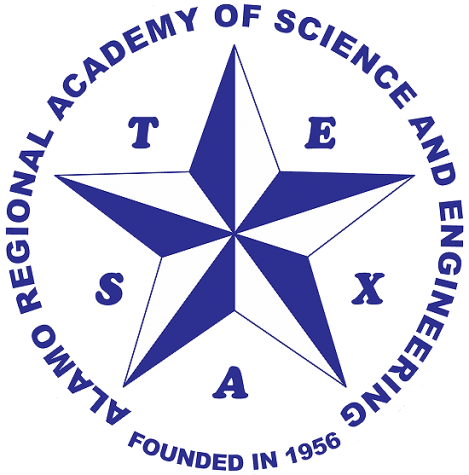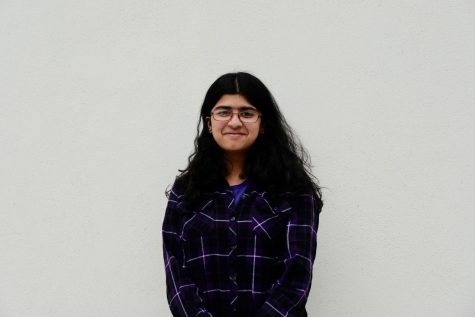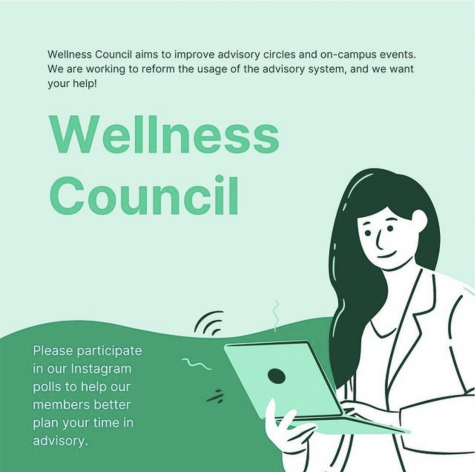Clubs at Keystone Vol. IV: Science Fair

Science fair regional results just came out: Keystone dominated, taking home one school award, three of the six individual International Science and Engineering Fair (ISEF) spots, six grand awards, several categories awards, and several special awards. Those numbers are incredible, so when I had the opportunity to interview six science fair participants—Joanna, Niraj, Alex, Mihika, Allison, and Corinthian—I felt like I was interviewing the future Marie Curies, Alan Turings, and Louis Pasteurs. Everyone on the call was fascinated by the world and was eager to ameliorate it through their research. I came into the interview wanting to learn about science fair, but I left learning about Alzheimer’s, blue light, architecture, and so much more.

The students described science fair as a club for people interested in science to deepen their interest through a project. Students get to learn more about research and can take their research in whatever direction they would like: engineering, medicine, zoology, and so much more. Additionally, all of this is not for a grade, so the student researchers are motivated to pursue whatever they find interesting.
In science fair, one can either compete as a team of two or individually. Mihika, who had competed in a team with Sathina this year and last year, explained the process of having to divide their work, emphasizing the importance of communication. This year, with COVID-19, students found what their projects could be much more limiting, but they were still able to preserve. Some student researchers, however, were able to go on campus to work.
This year, the competition was online, and it had both its ups and downs. One of the best parts of the online format was not having to stand by their boards for three hours. (After this point was mentioned, the entire room seemed to nod in agreement.) They recounted horror stories of having to stand in three hours in heels and the pain they had to preserve through. However, everyone generally preferred the in-person competition: they could befriend those nearby, look at other judges, and present to real people, not just an icon representing a judge. Science fair is more than just presenting a project: in-person, there are countless other people passionate about science to meet and several fantastic projects. Additionally, the judges are amazing people to talk to.
And, for Keystone, science fair doesn’t just end after the fair. It’s the Keystone tradition to go to lunch afterward and relax and talk with friends. The science fair sponsors, Mr. Nydegger and Ms. Holden, would give out humorous certificates.
For anyone interesting in science, the group emphasizes the dedication needed: projects take a lot of time. It’s essential to not procrastinate, have a solid game plan, and make sure the project is feasible. Furthermore, make sure to pursue a project that interests you; though creating a project might feel intimidating, if you love what you’re doing, everything will eventually come together.

Shreya Chaudhary is a senior planning to major in data science or computer science. She interns with TigerGraph, promotes and tutors women in STEM through...



